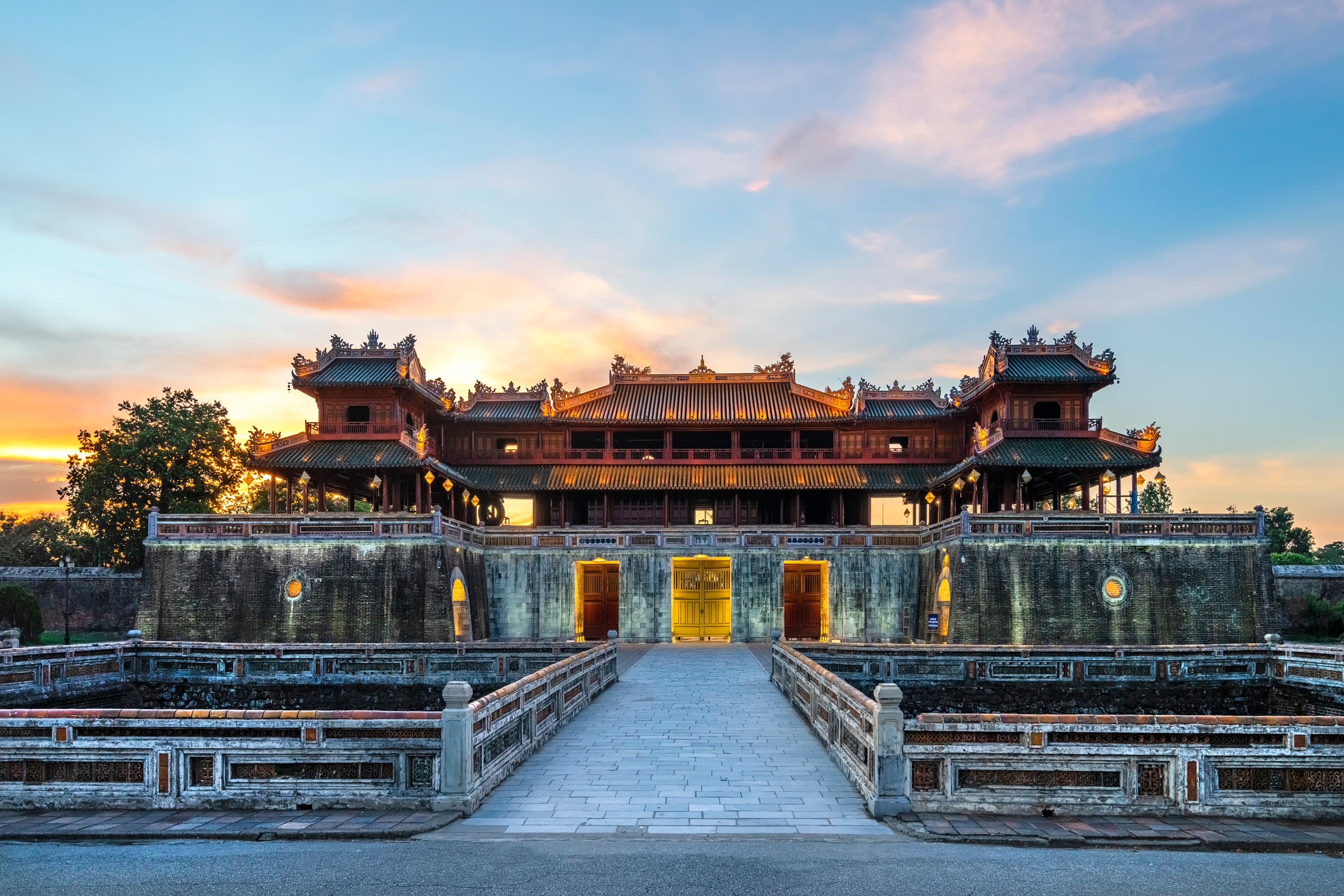Dapatkan diskon 10% di aplikasi dengan kode promo APP10
- SGDDolar Singapura
- AUDDolar Australia
- EUREuro
- GBPPound Sterling
- INRRupee India
- IDRRupiah Indonesia
- JPYYen Jepang
- HKDDolar Hong Kong
- MYRRinggit Malaysia
- TWDDolar Taiwan
- THBBaht Thailand
- USDDolar AS
- PHPPeso Filipina
- NZDDolar Selandia Baru
- VNDDong Vietnam
- KRWWon Korea Selatan
- AEDEmirati Dirham
- CNYChinese Yuan
- CADCanadian Dollar
- CHFSwiss Franc
- 한국어
- 日本語
- English
- Bahasa Indonesia
- Tiếng Việt
- ไทย
- 简体中文
Hal yang dapat dilakukan di Warna 2025 | Pelago oleh Singapore Airlines

Pesan aktivitas yang dapat dilakukanWarna
Hal populer yang dapat dilakukan di Warna
Perlengkapan perjalanan penting untuk Warna
Apa yang dikatakan wisatawan
Jelajahi Warna menurut minat
Mengapa memesan di Pelago?
Jaminan harga terbaik
Pelayanan unggulan
Terhubung dengan kebudayaan
Daftar untuk menikmati diskon 10% pada 2 pesanan pertama AndaS&K berlaku
Pertanyaan yang sering diajukan
Tentang Warna
Hue is a city located in central Vietnam, known for its historical significance as the former imperial capital. The currency used in Hue is the Vietnamese Dong. The city is famous for its ancient citadel, royal tombs, and pagodas, offering a glimpse into Vietnam's rich history and culture. Visitors can explore the Perfume River, enjoy traditional Vietnamese cuisine, and witness vibrant festivals and ceremonies.
When to visit
The best time to visit Hue is during the dry season from March to August when the weather is warm and sunny. Avoid the rainy season from September to January as heavy downpours can disrupt outdoor activities. The city experiences hot and humid weather, so be prepared for high temperatures and humidity levels during the summer months.
Getting around
Getting around Hue is easy with various transportation options available. Visitors can rent bicycles or motorbikes to explore the city at their own pace. Taxis and cyclos (cycle rickshaws) are also popular modes of transportation for short distances. Boat tours on the Perfume River offer a unique way to see the city's landmarks from the water.
Traveller tips
When visiting Hue, make sure to try local specialties such as bun bo Hue (spicy beef noodle soup) and banh khoai (Hue-style pancakes). Be respectful when visiting religious sites and dress modestly. Bargaining is common in markets, so don't be afraid to negotiate prices. Carry small denominations of Vietnamese Dong for street vendors and small purchases. Stay hydrated and wear sunscreen to protect against the sun's strong rays.